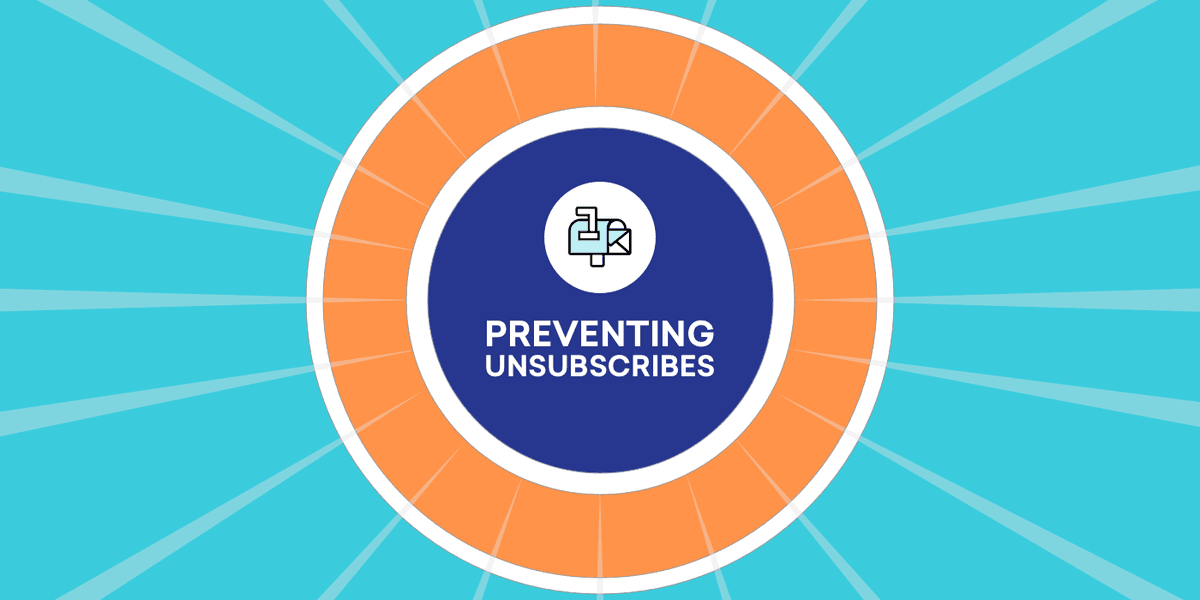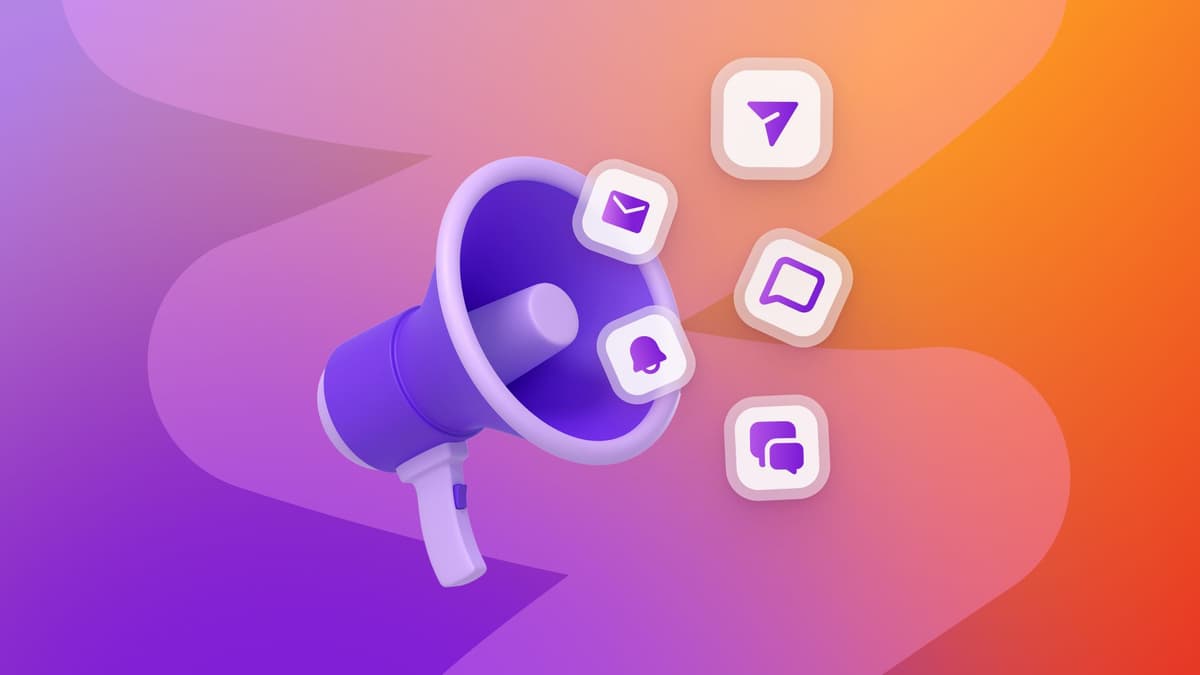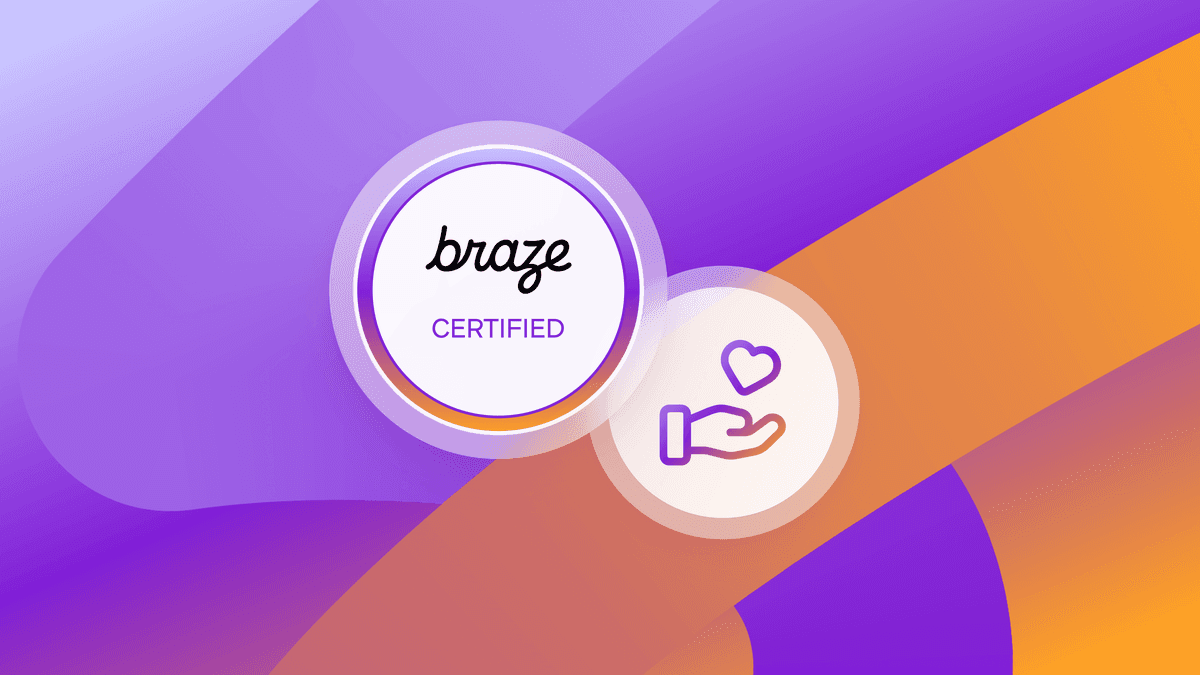Email Must-Knows: Preventing Unsubscribes
Published on September 20, 2019/Last edited on September 20, 2019/3 min read

Published on September 20, 2019/Last edited on September 20, 2019/3 min read


When a consumer finds themselves receiving irrelevant, poorly timed, or just flat-out too many email messages from a particular brand, they’re faced with a choice: Do I keep suffering through these unengaging messages in the hopes of getting something I value, or do I hit “unsubscribe” and call it a day?
Most of the time, that user will unsubscribe. And once they’ve made that decision, it’s too late for the offending brand to follow up and salvage that relationship. Some customers were always going to drift away and it’s good to let them unsubscribe instead of marking your messages as spam. But some of those email recipients could have been saved—but only if you take steps to prevent this sort of thing from happening in the future.
The best email strategies are built on a foundation of trust and respect. Instead of trying to play catch-up after driving a user to unsubscribe, why not be proactive and ask them upfront what sorts of emails they’re interested in receiving (and how often they want to receive them)? By getting clear permission to send them email in a way that speaks to them you’re laying out clear guidelines for your communications right from the get-go and giving your email recipients more control over the messages they’re receiving from you.
In fact, “permission marketing” (yes, that’s literally what it’s called) makes it easier to effectively personalize your email campaigns. That’s because you understand right off the bat what types of messages each user wants and what channels they’re willing to receive them on. With these insights in hand you’re better equipped to create messaging flows directly attuned to each customer’s personal preferences. That’s a big deal: Most marketers agree that personalization is one of the pillars of an effective email strategy in 2019.
Prioritizing personalization can help you send the right kinds of emails. But what if you’re still sending too many emails? In that case, you should think seriously about frequency capping, which helps you avoid over-messaging and ensure you don’t exceed sending a given amount of messages to a certain user. Once you have message frequency under control, try taking it a step further by making sure you’re sending emails at the right time.
Preventing unsubscribes: It’s all about setting expectations and meeting them. But sometimes you might do everything right and still end up with a customer fleeing your subscription list. While it’s unfortunate, there are things you can do to win back subscribers and resume communication. (That said, the smarter you are upfront about meeting your customers’ needs with your email strategy, the less time and effort you’re going to need to spend winning them back.)
It’s also important to keep in mind that unsubscribes can be a key data point about the campaigns you’re sending. If you see unsubscribes rise at certain times of day or in response to particular kinds of campaigns, that metric can be the canary in the coal mine that warns you about potential issues you might need to address.
Remember, email is a powerful tool for marketers—but you need to be strategic in order to win the deliverability game. To learn more about how Braze can support smart, relevant email messaging experiences, check out our Email Product Page.
Sign up for regular updates from Braze.




